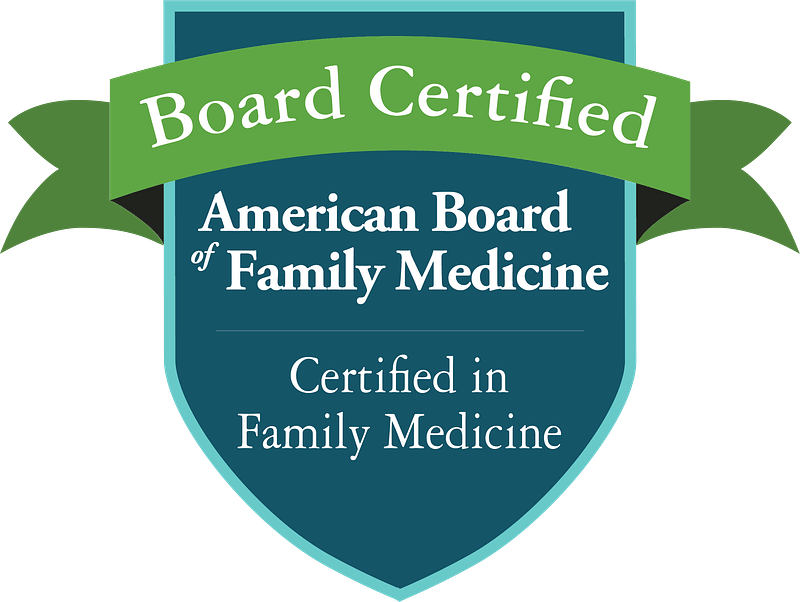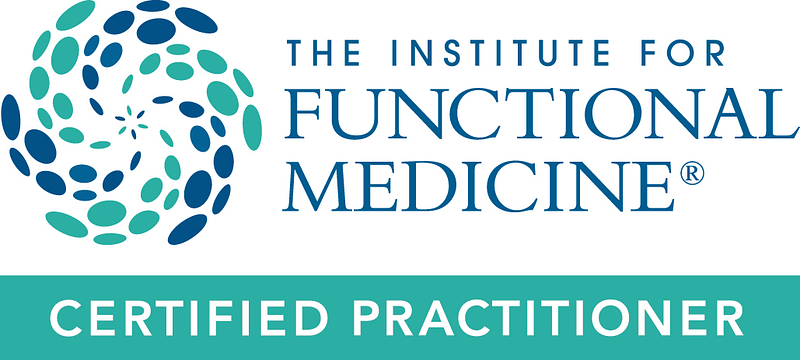The most common easily identified food allergies include peanuts, shellfish, fish, and nuts. These reactions may be life threatening (anaphylactic) and need to be strictly avoided if they are problematic, as often tiny amounts of the offending food can cause severe symptoms.
The most common undiagnosed and hidden food allergies are to the ?sinister six? foods: corn, egg, milk, soy, wheat, and yeast. Click for lists of dietary sources of each food.
All adverse reactions to foods are not allergic in nature. Other adverse reactions to foods include:
- pharmacological reactions to chemical substances that food contain such as caffeine, alkaloids, or theobromine in chocolate,
- food poisoning such as from bacterial contamination such as Salmonella,
- intolerance of a component of food, such as lactose intolerance of milk due to deficiency of the enzyme lactase,
- reactions to foods that may exaggerate a pre-existing problem, such as a diet high in sugar fueling growth of intestinal yeast infection, and reactions to chemicals that are part and parcel of our processed food supply such as artificial food coloring, food preservatives, and artificial flavorings.
Avoidance of allergic foods remains the preferred treatment of choice for severe and moderately severe food allergies. Rotation, or only eating an allergic food on a schedule, usually once every four days, for less severely allergic foods is usually effective.
The symptoms of most food allergy do not occur immediately (IgE mediated), but are delayed (IgG mediated). This makes self-diagnosis of hidden food allergy through observation very difficult.
Though food allergy is thought by some experts to only be responsible for severe life-threatening symptoms called anaphylaxis, in fact food allergy can also be blamed for a variety of symptoms including headaches, mood disorders, behavior problems, skin rashes, gastrointestinal symptoms, and a variety of pain and inflammation syndromes that occur in varying degrees of severity from mild to severe.
Cooked foods are less apt to produce allergic symptoms than raw foods. The heating of foods is part of a chemical reaction that denatures the properties of the proteins in a food that are responsible for allergic reactions.
If you are especially allergic to dust, there is an increased chance that you will react to the following foods through cross-reactivity: seafood and nuts.
If you are especially sensitive to poison ivy, oak, or sumac, there is an increased chance that you will react to the following foods through cross-reactivity: pork and black pepper.
If you are especially allergic to ragweed, there is an increased chance that you will react to the following foods through cross-reactivity: chamomile, melons, squash, egg, milk, mint, bananas, and iceberg lettuce.
If you are especially allergic to birch pollen, there is an increased chance that you will react to the following foods through cross-sensitivity: raw apples, carrots, and celery.
If you are especially allergic to grass pollen, there is an increased chance through cross-reactivity that you will be allergic to: legumes, including beans, peas, cottonseed, and soybean and its byproducts.
The most common cause of chronic otitis media (middle ear infections) in children is hidden cow?s milk allergy. Cow?s milk is a perfect food . . . for calves.
One of the most common food contributors to joint and connective tissue pain is the plants of the nightshade or Solanacea family: potatoes, tomatoes, eggplant, peppers, and tobacco.
The Elimination/Challenge Diagnostic Diet is the gold standard method for diagnosing food allergies. And the price is right-it costs nothing!
Grains, especially wheat and corn, and dairy, are the most common food contributors to irritable bowel diseases.
If you are latex (natural rubber from the milky sap of the tree Hevea brasiliensis), sensitive, there is an increased chance that you will be cross-reactive with bananas, avocados, chestnuts, and kiwi. Potato and tomato allergies are also statistically linked to latex sensitivity, though their cross-reactivity with latex is not established.
Gluten enteropathy, or sprue, is the intolerance of gluten or gliadin, the glutinous and allergenic components of some grains, is treated by a gluten free diet.
If you want to know what foods you are allergic to, they are likely the same foods you would list in response to the question, ?What foods do you love?? Though this seems initially difficult to understand, it is in part similar to why alcoholics seek out the very thing that ultimately makes them sick, alcohol-because its absence causes unpleasant withdrawal symptoms. Allergy and addiction are closely related.
Many auto-immune illnesses have contributing causative roles played by hidden food allergies.








